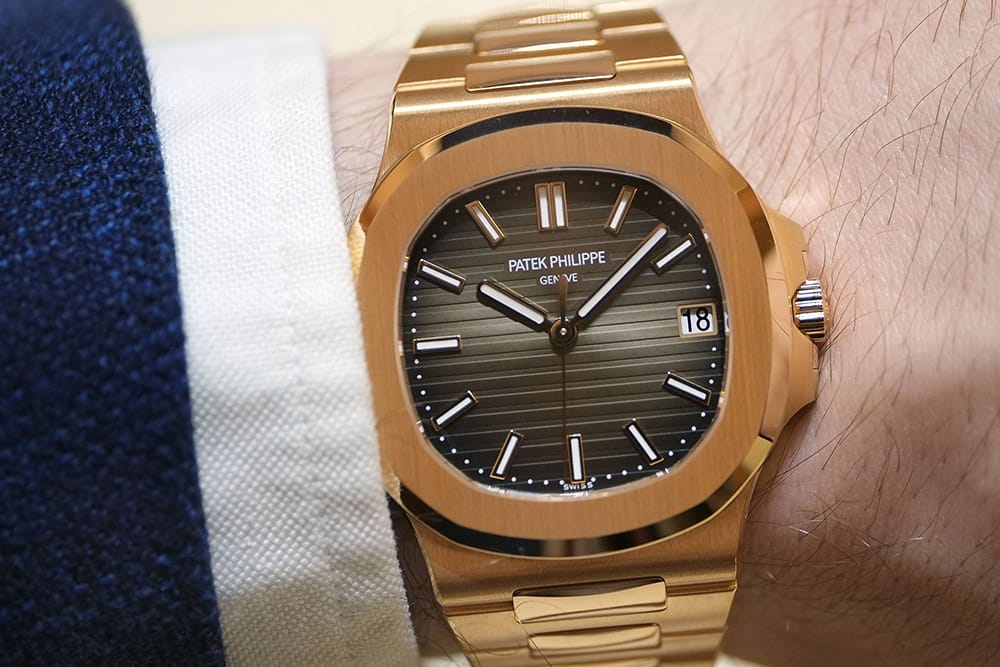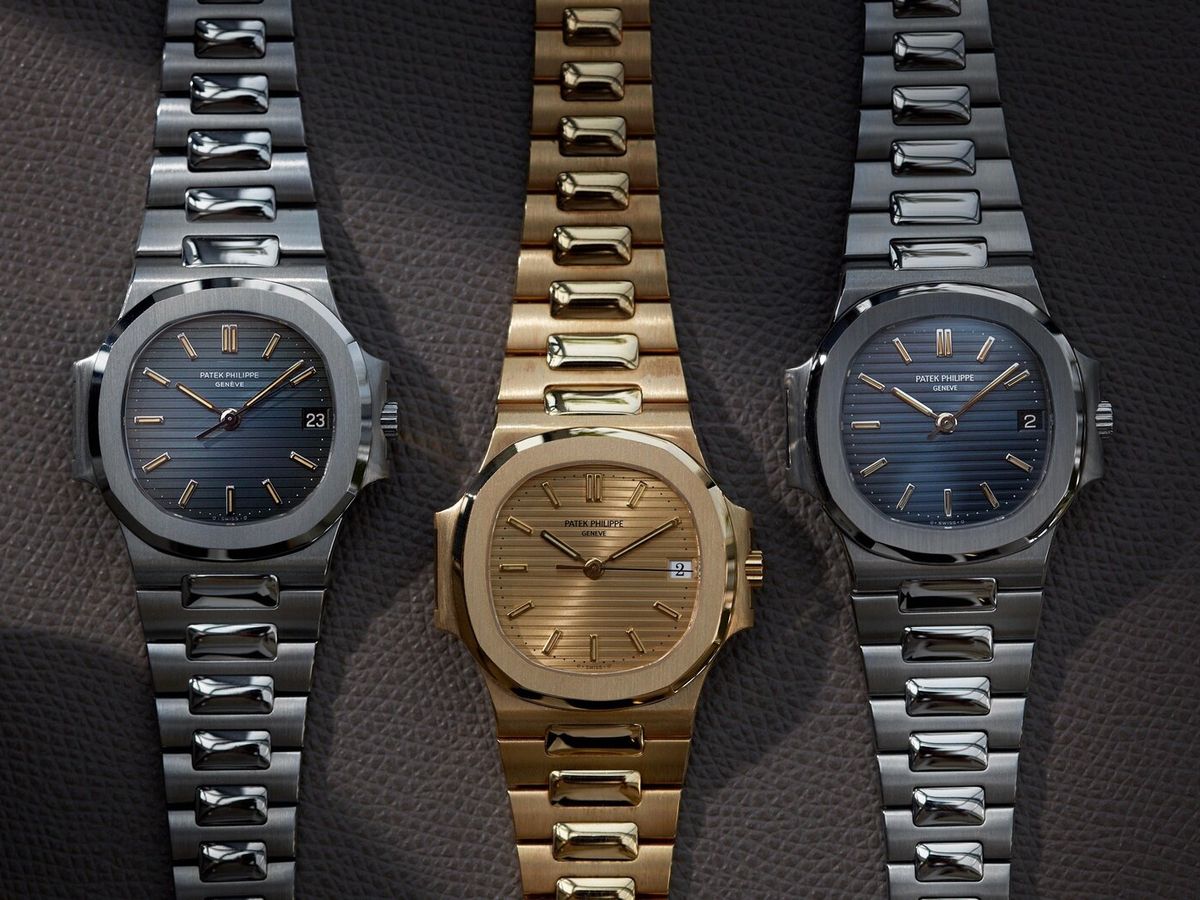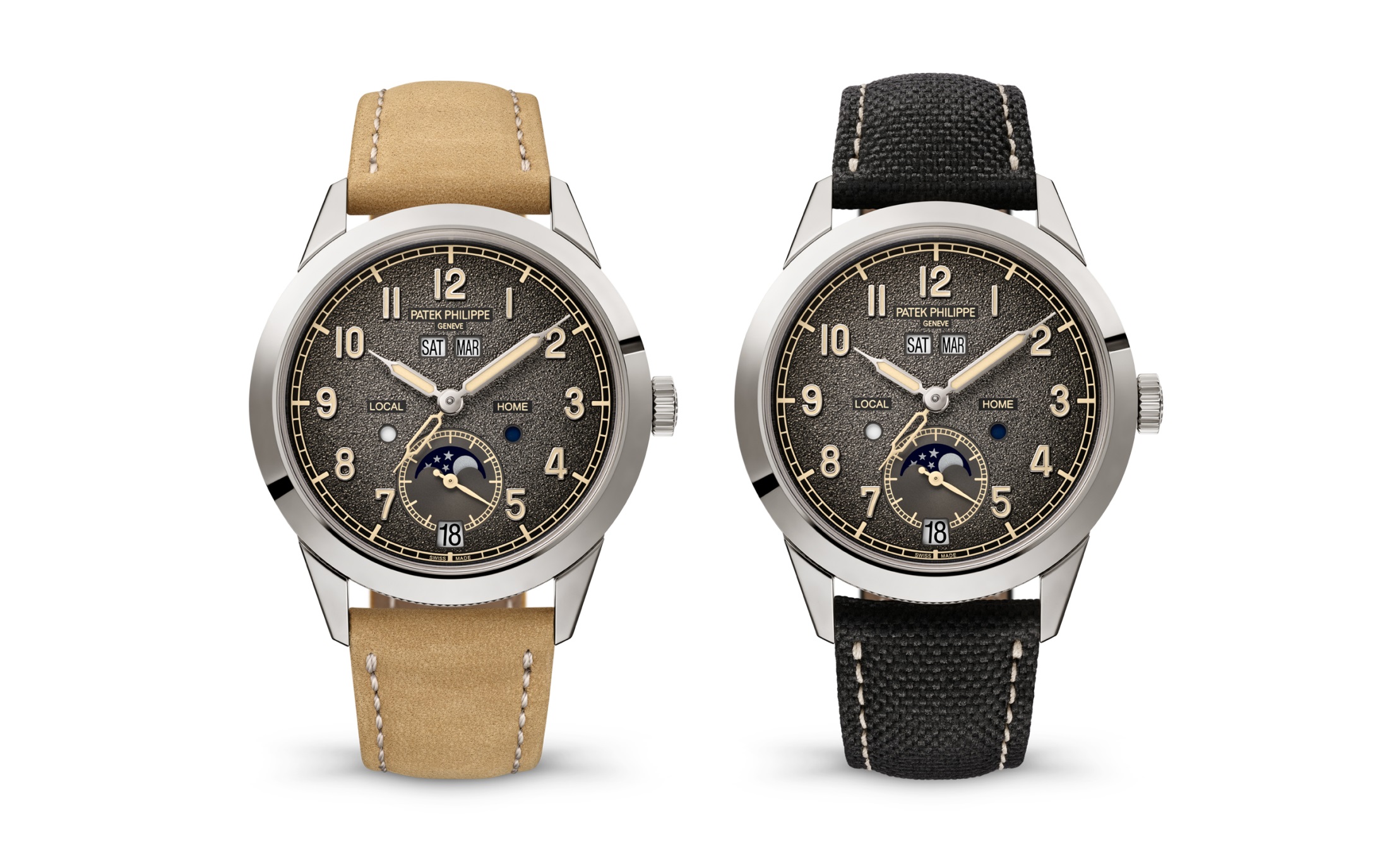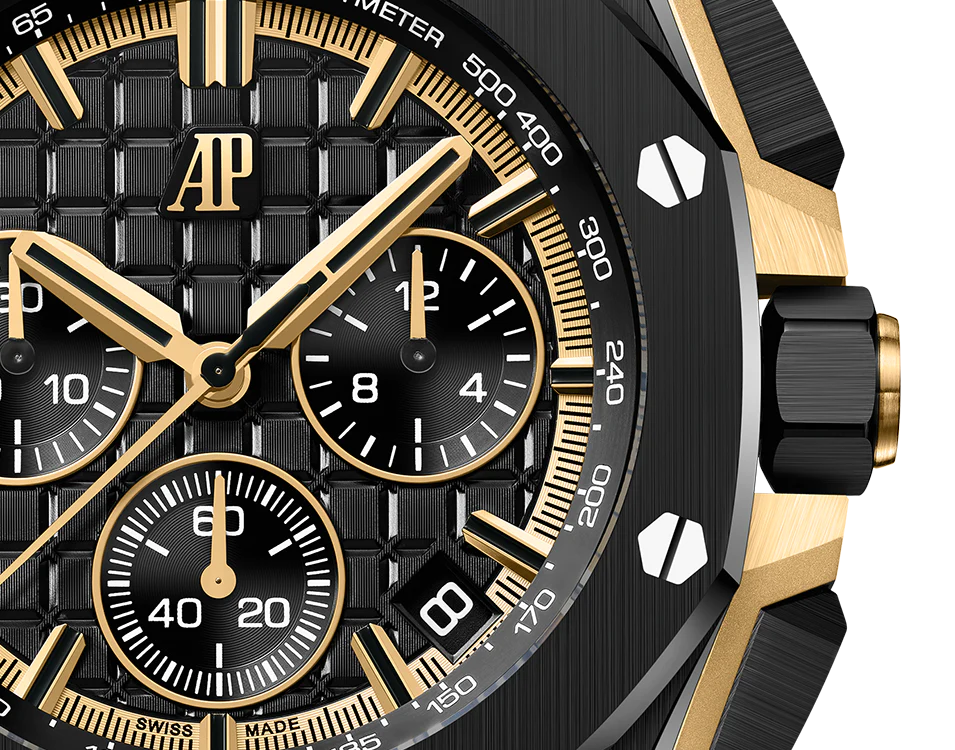
Insight: How Is A Patek Philippe Watch Made?
Patek Philippe is one of the most renowned watch brands in the world, and for a good reason. They are known for their high quality and intricate watchmaking process.
The Patek Philippe watchmaking process is a marvel of engineering, and it takes a highly skilled team to create every watch. As one of the world's most renowned watchmakers, Patek Philippe is constantly challenged to create new and innovative timepieces that are both technically and aesthetically at the top level.
This blog post will look at the stages a Patek Philippe watch goes through, from design to production. We will look at every step, from the initial concept to the final product. This is a great way to understand the watchmaking process and how each component contributes to the final product.
How does a Patek Philippe watch get from the drawing board to your wrist?
The process of making a Patek Philippe watch starts with a sketch on paper and then progresses through a series of sketches and prototypes as the design is refined.
Once the design is finalized, the watchmaker begins to create the movement, which can take up to two and a half years to complete.

Once the movement is complete, the watch is assembled and tested before being packed and sent off to the watchmaker responsible for finishing and branding the watch.
The result? A beautiful and complex Patek Philippe watch that is sure to impress.
What materials and technologies are used to create a Patek Philippe watch?
The materials and technologies used to create a Patek Philippe watch are some of the most advanced in the world. Every step of the process is carefully considered, from the choice of materials to the manufacture of the watch movement. Some of the technologies used in making a Patek Philippe watch include microscopes, laser cutters, and plasma cutters.

How do the different parts of a Patek Philippe watch work together?
The heart of every watch is the movement. This is the engine that keeps time and is driven by the watch's escapement. This is a complex and finely crafted mechanism. A manual winding, self-winding, or quartz movement does not matter, as every watch Calibre from Patek Philippe is top-tier.
The movement is housed in a case made from gold, platinum, or stainless steel.
How do the Swiss watchmakers create the intricate details on a Patek Philippe watch?
In the world of horology, few brands are as well-known and respected as Patek Philippe. With a long and storied history dating back to the early 1800s, Patek Philippe is a company that knows how to make a statement. And one of the ways they do that is by creating mind-boggling details on their watches.
During the manufacturing process, every detail is handled with the utmost care. From the placement of the hands on the dial to the placement of the jewels, every single aspect is meticulously planned and executed. And the result? A watch that is both beautiful and extremely technical.
What are the challenges that the Patek Philippe watchmakers face?
The watchmaking process at Patek Philippe is complex and time-consuming, which is evident from the sheer number of watches made each year.
There are several challenges that the watchmakers face, some of which are specific to the brand and some that are more common in the watchmaking industry as a whole.
Some of the specific challenges that Patek Philippe watchmakers face include the need to make sure that the watches perform at the highest standards and create watches that are both beautiful and elegant.
How did the Patek Philippe watchmaking process change over time?
The Patek Philippe watchmaking process has undergone many changes, but the most significant change was during the 1960s and 1970s. Back then, Swiss watchmakers were trying to compete with the high-end watches produced in Germany and Italy.
One of the ways they did this was by adopting many of the technologies being used in those countries. This included mechanized machinery and more automated production lines in the watchmaking process.

Today, the Patek Philippe watchmaking process is still a very elaborate one, but it's also considerably more automated than it was decades ago. This allows for a much higher level of quality control, which is a key part of the company's reputation.
What are the unique selling points of a Patek Philippe watch?
First and foremost, a Patek Philippe watch is known for its intricate and beautiful craftsmanship. Every part of the watch is painstakingly made, from the movement to the casing. The materials and craftsmanship that go into Patek Philippe watches are unique and cannot be found in any other watch brand.
Second, a Patek Philippe watch is known for its unique design. There are no two Patek Philippe watches exactly the same, allowing for creativity and experimentation. This allows for a wide variety of styles, from neoclassical to modern.
Lastly, a Patek Philippe watch is known for its high price tag. While not all Patek Philippe watches are expensive, every single one is a luxury item. A Patek Philippe watch is the perfect option if you are looking for a luxurious watch that will impress your friends and family.
What are the benefits of owning a Patek Philippe watch?
Owning a Patek Philippe watch is a great way to show wealth and sophistication. Not only are the watches beautiful, but they also have a long history.
The main benefits of owning a Patek Philippe watch are that they are extremely durable and can last for many years. They are also very prestigious and can be a great investment.
Conclusion:
We hope you enjoyed our blog post about the inside of the Patek Philippe watchmaking process. We wanted to give you a behind-the-scenes look at the process of making a Patek Philippe watch. We hope you found this post informative and that you can learn more about watchmaking from it.


